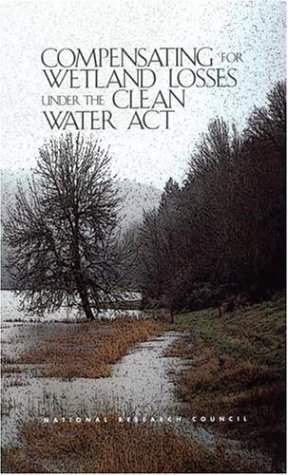(Ebook) Compensating for Wetland Losses Under the Clean Water Act by Committee on Mitigating Wetland Losses, Board on Environmental Studies and Toxicology, Water Science and Technology Board, National Research Council ISBN 9780309074322, 0309074320
Recognizing the importance of wetland protection, the Bush administration in 1988 endorsed the goal of "no net loss" of wetlands. Specifically, it directed that filling of wetlands should be avoided, and minimized when it cannot be avoided. When filling is permitted, compensatory mitigation must be undertaken; that is, wetlands must be restored, created, enhanced, and, in exceptional cases, preserved, to replace the permitted loss of wetland area and function, such as water quality improvement within the watershed. After more than a dozen years, the national commitment to "no net loss" of wetlands has been evaluated.This new book explores the adequacy of science and technology for replacing wetland function and the effectiveness of the federal program of compensatory mitigation in accomplishing the nation's goal of clean water. It examines the regulatory framework for permitting wetland filling and requiring mitigation, compares the mitigation institutions that are in use, and addresses the problems that agencies face in ensuring sustainability of mitigated wetlands over the long term. Gleaning lessons from the mixed results of mitigation efforts to date, the book offers 10 practical guidelines for establishing and monitoring mitigated wetlands. It also recommends that federal, state, and local agencies undertake specific institutional reforms. This book will be important to anyone seeking a comprehensive understanding of the "no net loss" issue: policy makers, regulators, environmental scientists, educators, and wetland advocates.
*Free conversion of into popular formats such as PDF, DOCX, DOC, AZW, EPUB, and MOBI after payment.


